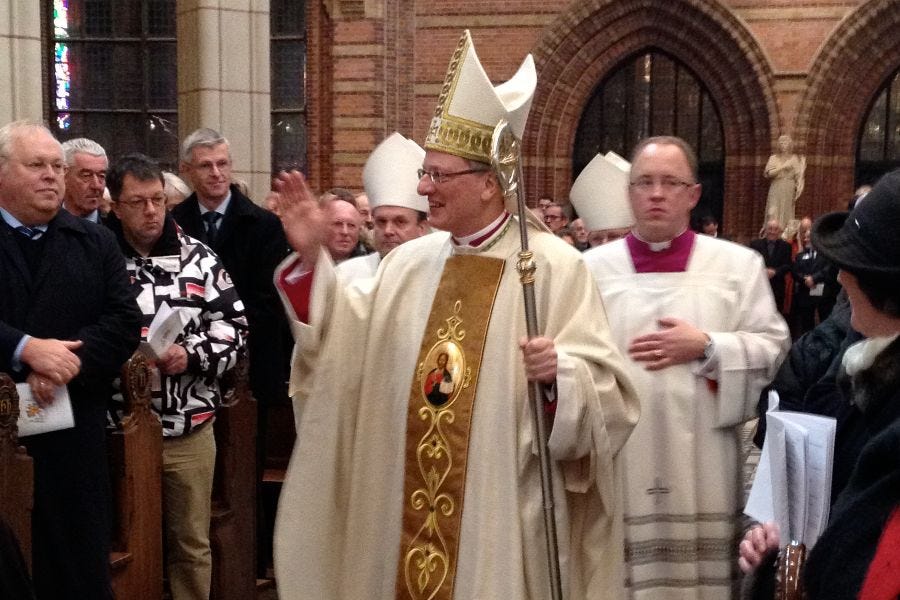Dutch bishop defends ‘not-so-rosy’ ad limina report
Bishop Jan Hendriks said there were ‘a few misunderstandings’ about the report for the Dutch bishops’ Nov. 7-13 visit to Rome.

The bishop of Amsterdam has defended a “not-so-rosy” report about the state of the Dutch Catholic Church prepared for the bishops’ ad limina visit to Rome.
Bishop Jan Hendriks said on Nov. 6 that the 20-page general report issued by the Dutch bishops’ conference had prompted “a few misunderstandings.”
Writing on his official website on the eve of the bish…
